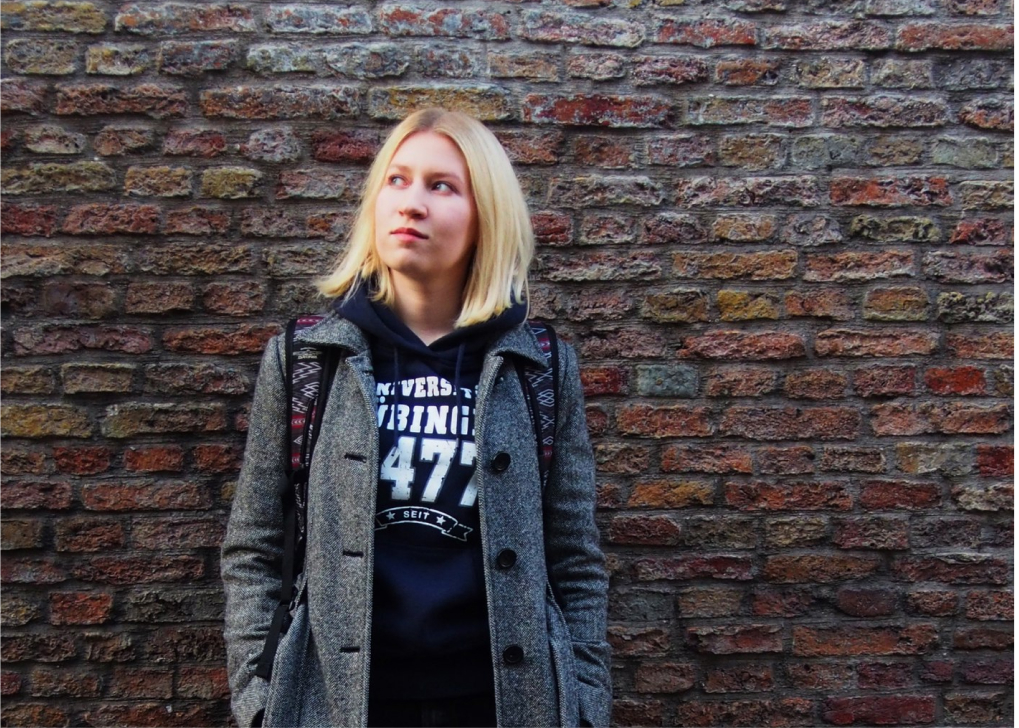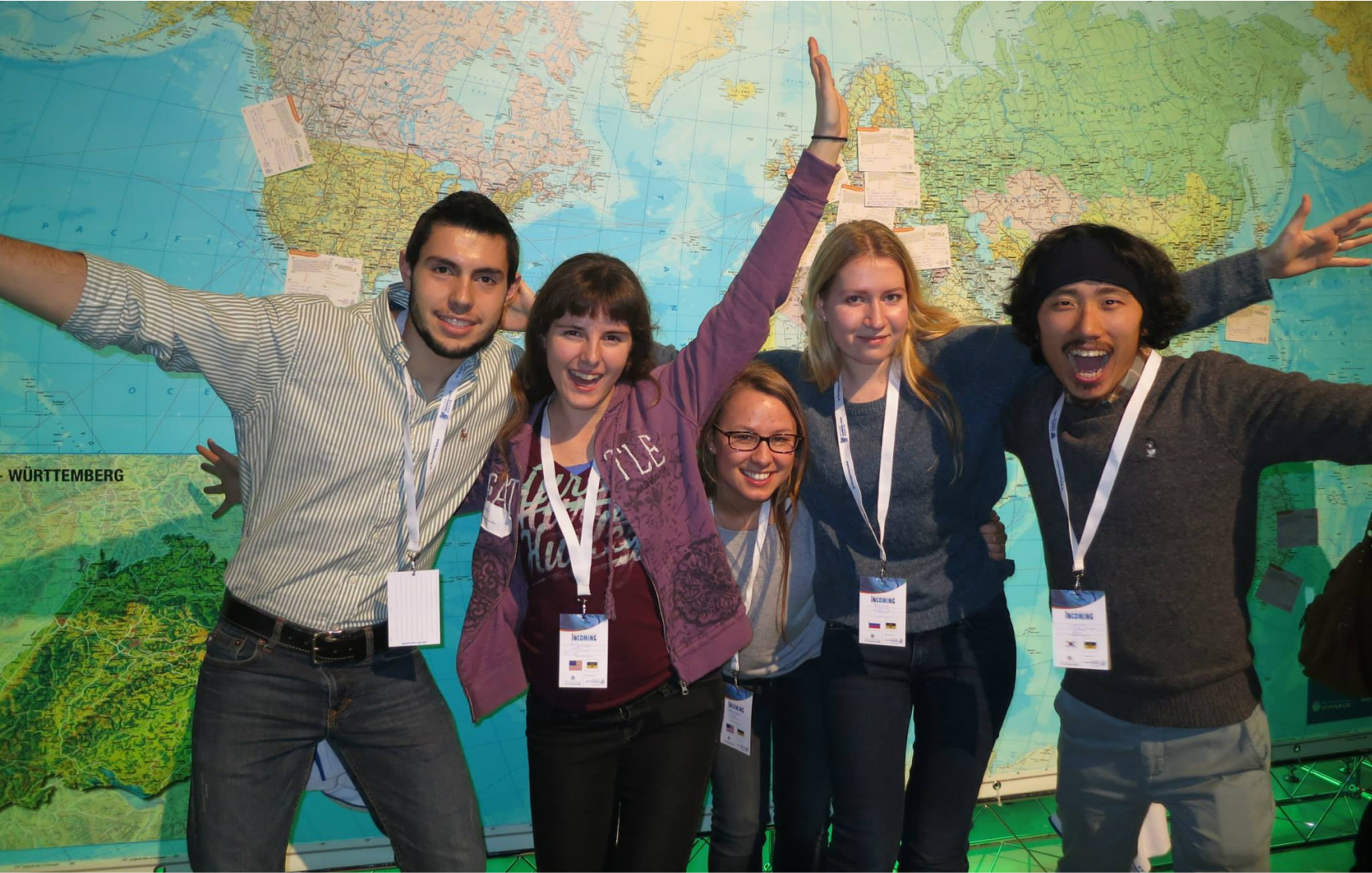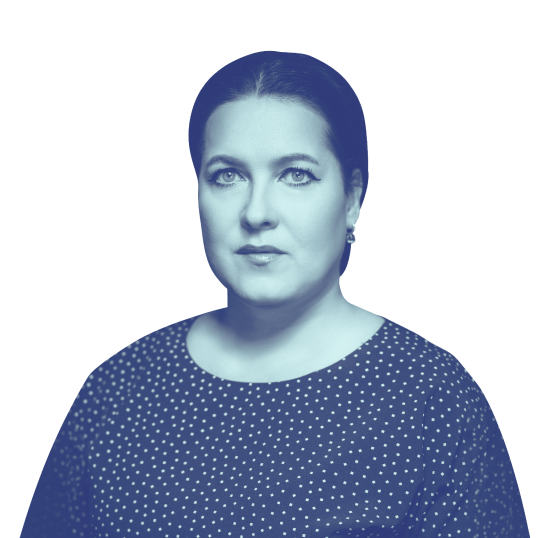Women of Suricata to the rescue!
As part of my work, I often participate in conferences and give workshops on detecting network penetration – that is, cyberattacks on companies. I’ve never had to deal with bias against me. However, women in cybersecurity are few and far between, and there are illustrative occurrences that demonstrate the real status quo in the industry. I remember giving a workshop to an audience of about 30 people and being the only woman in the room!
Student conferences are also predominantly male. Women who consider building a career in IT or infosec can find support in communities that don’t show prejudice across gender, race, ethnicity, status, sexuality, or age. Enthusiasts from such communities often organize engineering workshops for female audiences, which, in my opinion, is helping to change the situation.
I, for one, am a member of the Women of Suricata, a community founded by female members of the Suricata IDS non-profit project. In brief, Suricata IDS is an open-source system detecting network penetrations. Its development began 12 years ago with the Open Information Security Foundation, a non-profit established by a handful of enthusiasts.
Today the project has gained support from like-minded enthusiasts all over the world. Most of them work at cybersecurity companies, and, of course, most of them are men. A while ago, I started writing detection rules for Suricata IDS and giving presentations and workshops on the matter once I’d gained some experience. I finally got to meet the team at a conference organized by OISF developers. Even though the number of women on the OISF team was increasing (as many as three new female members joined last year, including two Outreachy program interns), we decided to encourage more kindred spirits to join us and founded a dedicated community last year: Women of Suricata. Its purpose is to unite women contributing to Suricata IDS, educate them about career opportunities in cybersecurity and open-source software development, and, of course, offer mutual encouragement in all our endeavors. We communicate a lot, sharing professional experiences and personal stories.
This helps us navigate both the cybersecurity expert community and our primary work environment. For instance, a newcomer in a predominantly male team may feel shy about admitting that she doesn’t understand something. In our community, she can feel free to ask any question and get the answer she needs.











